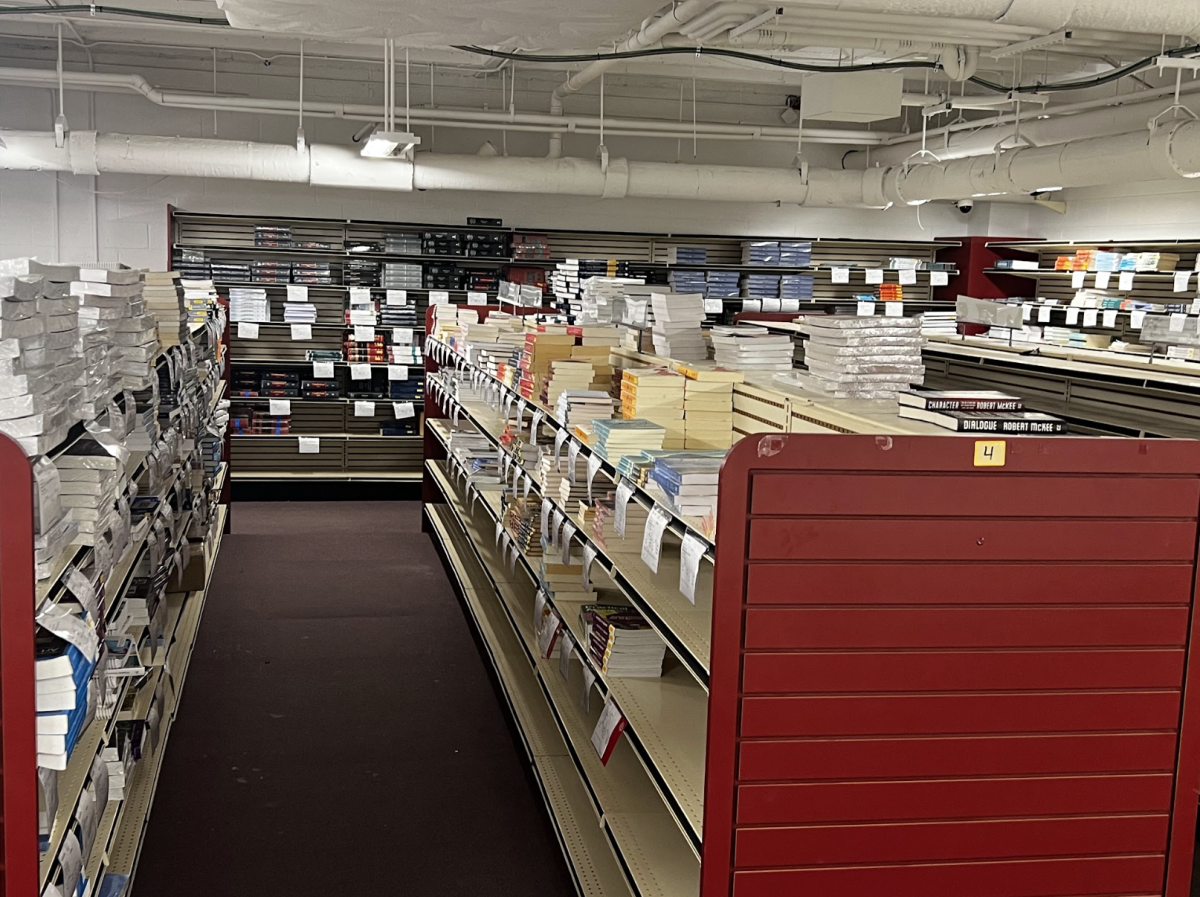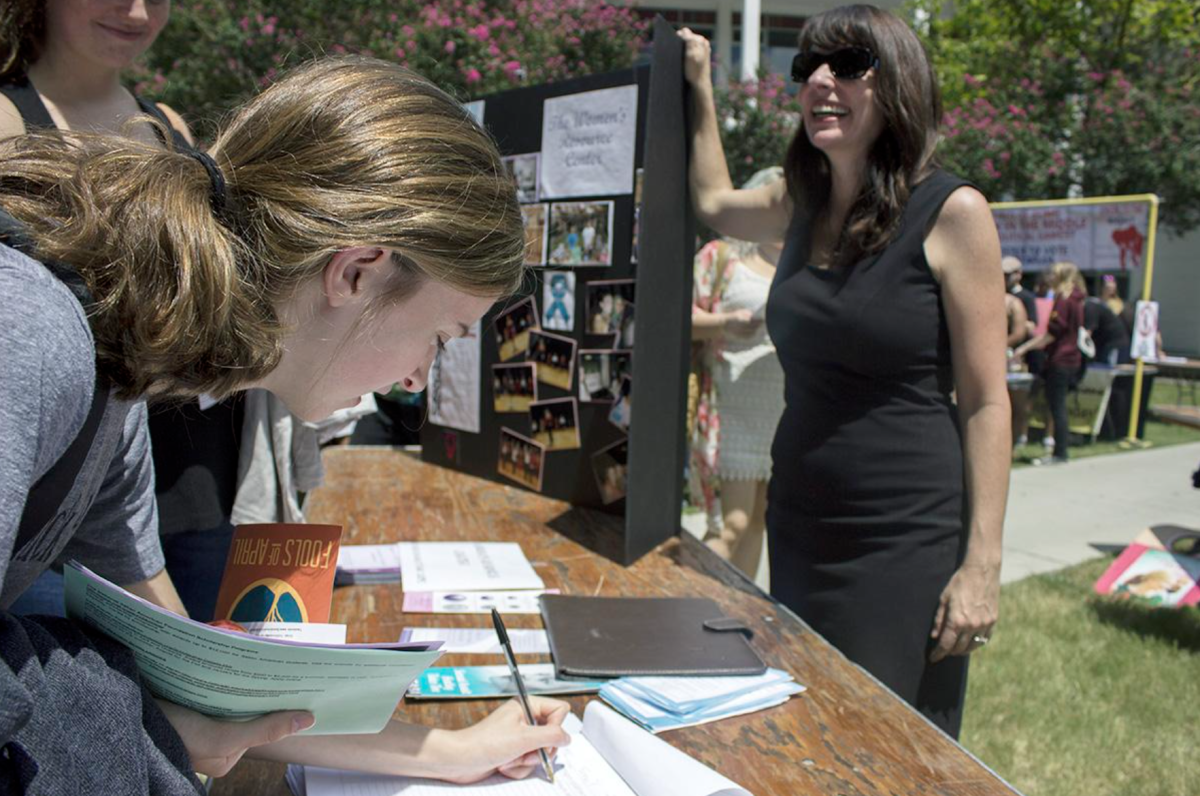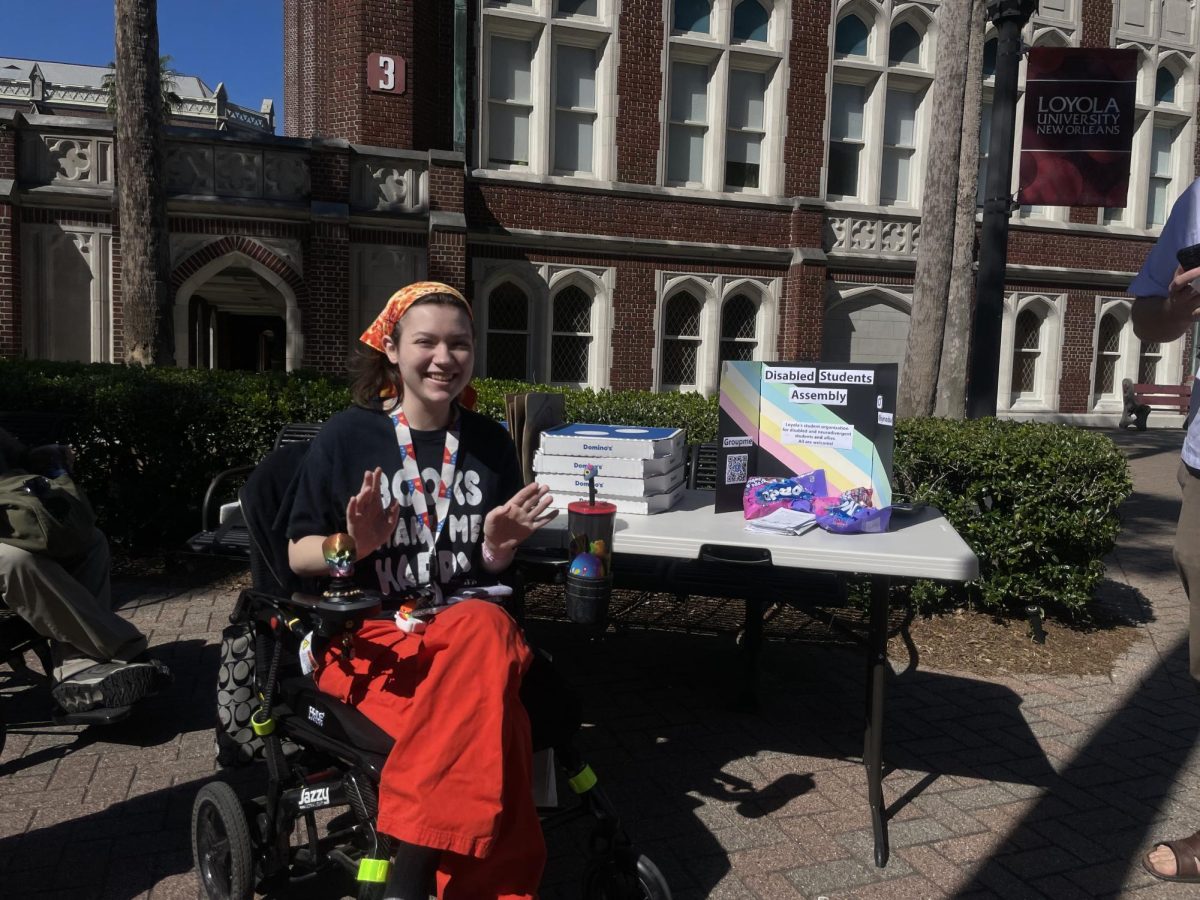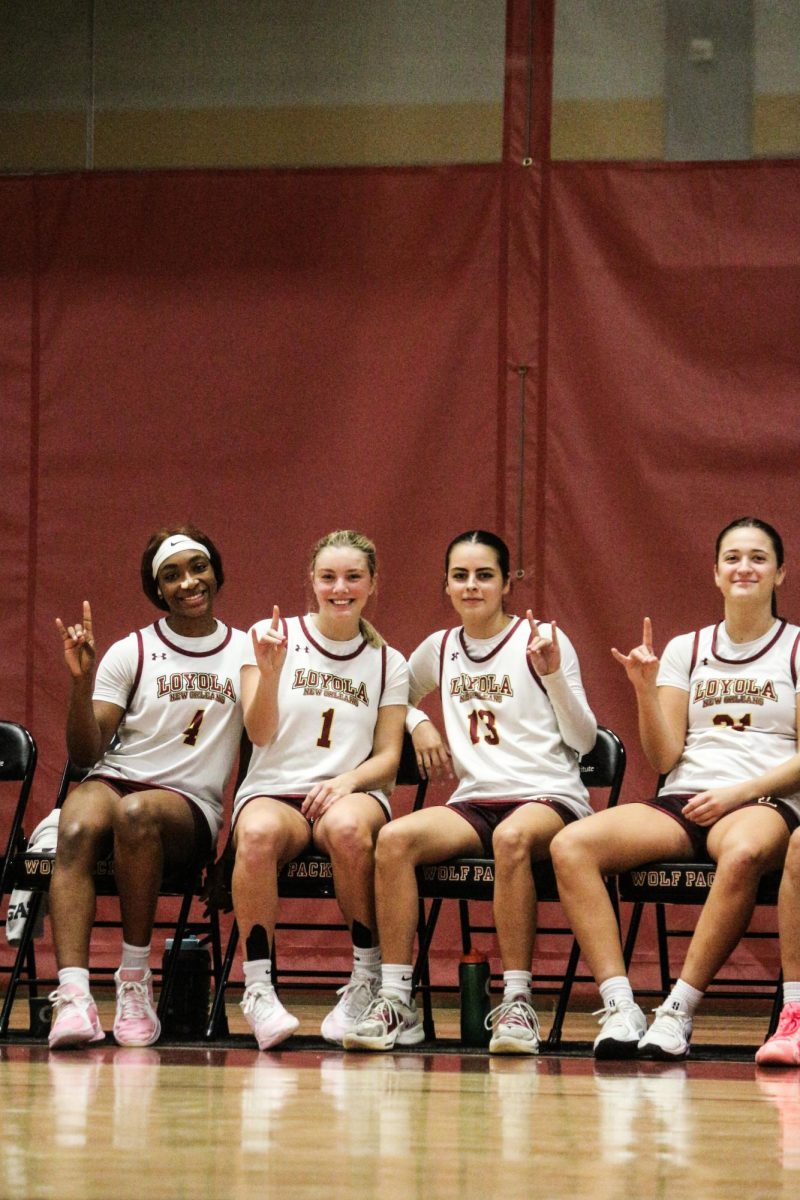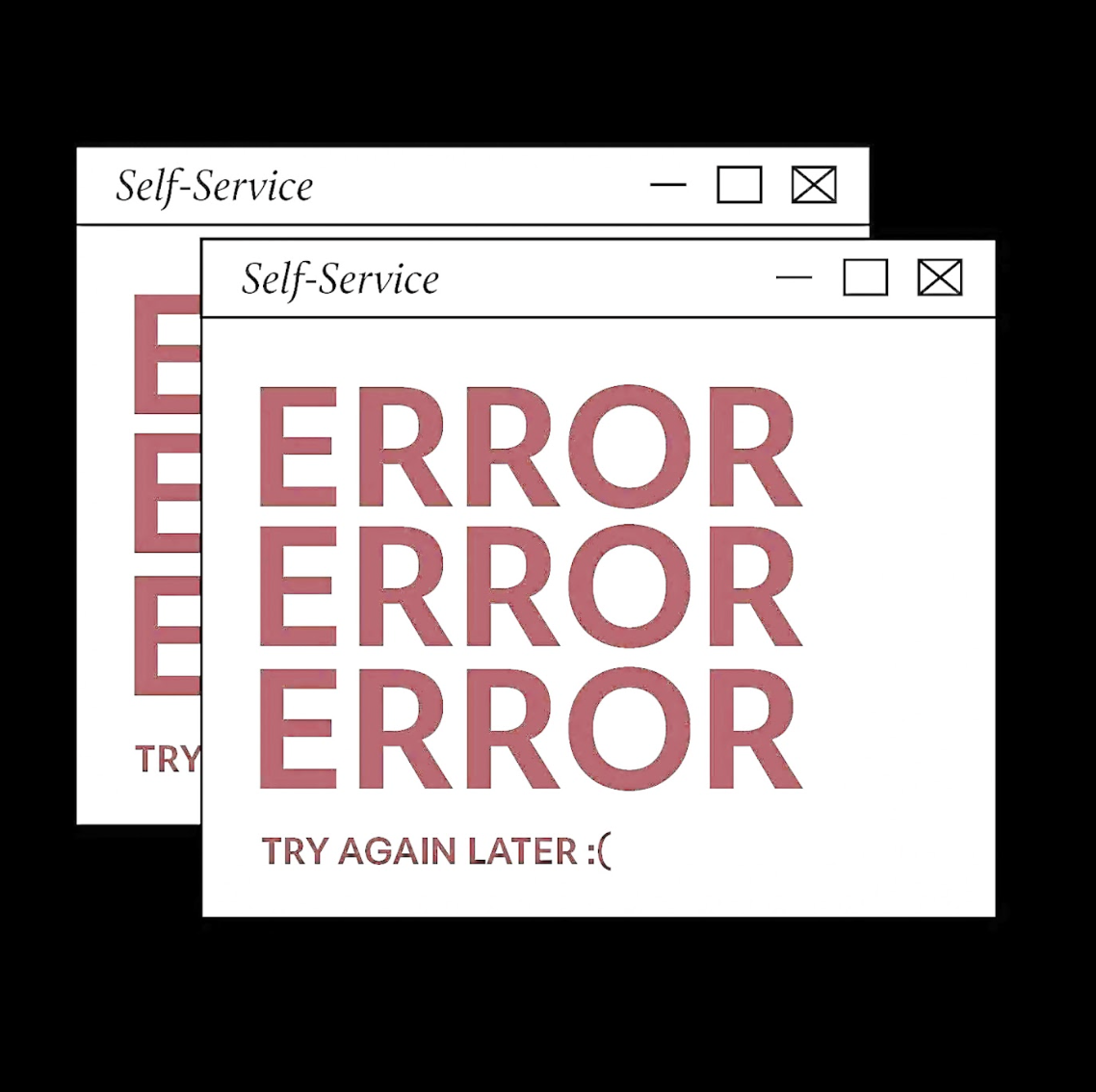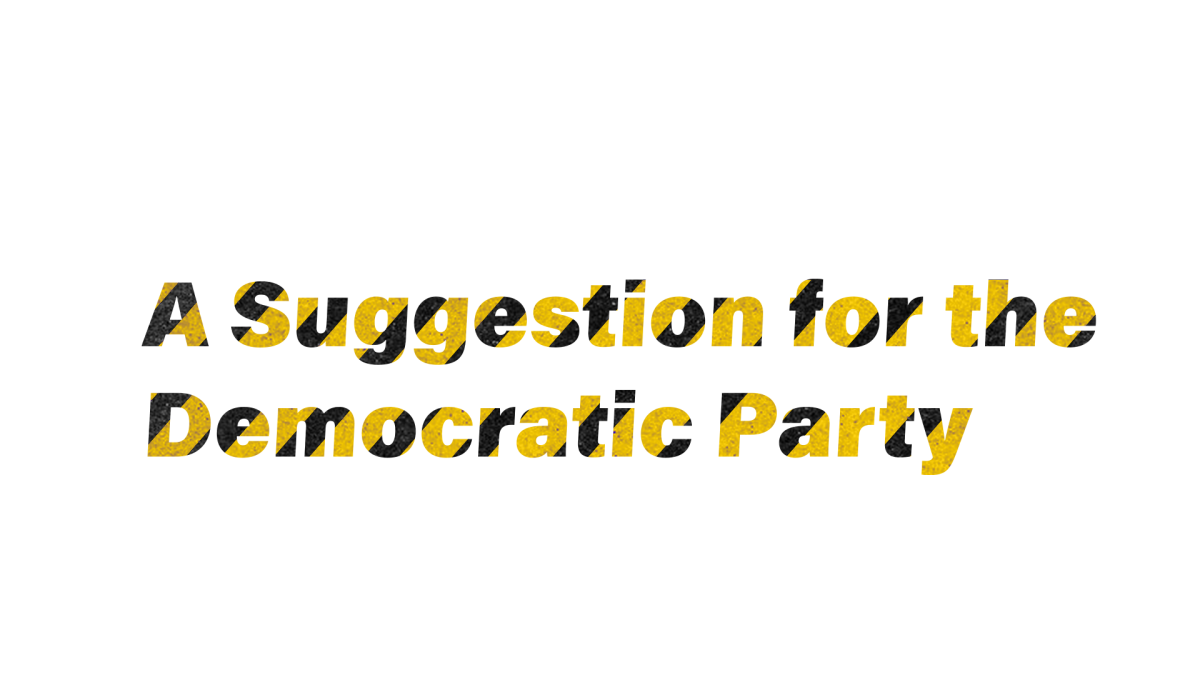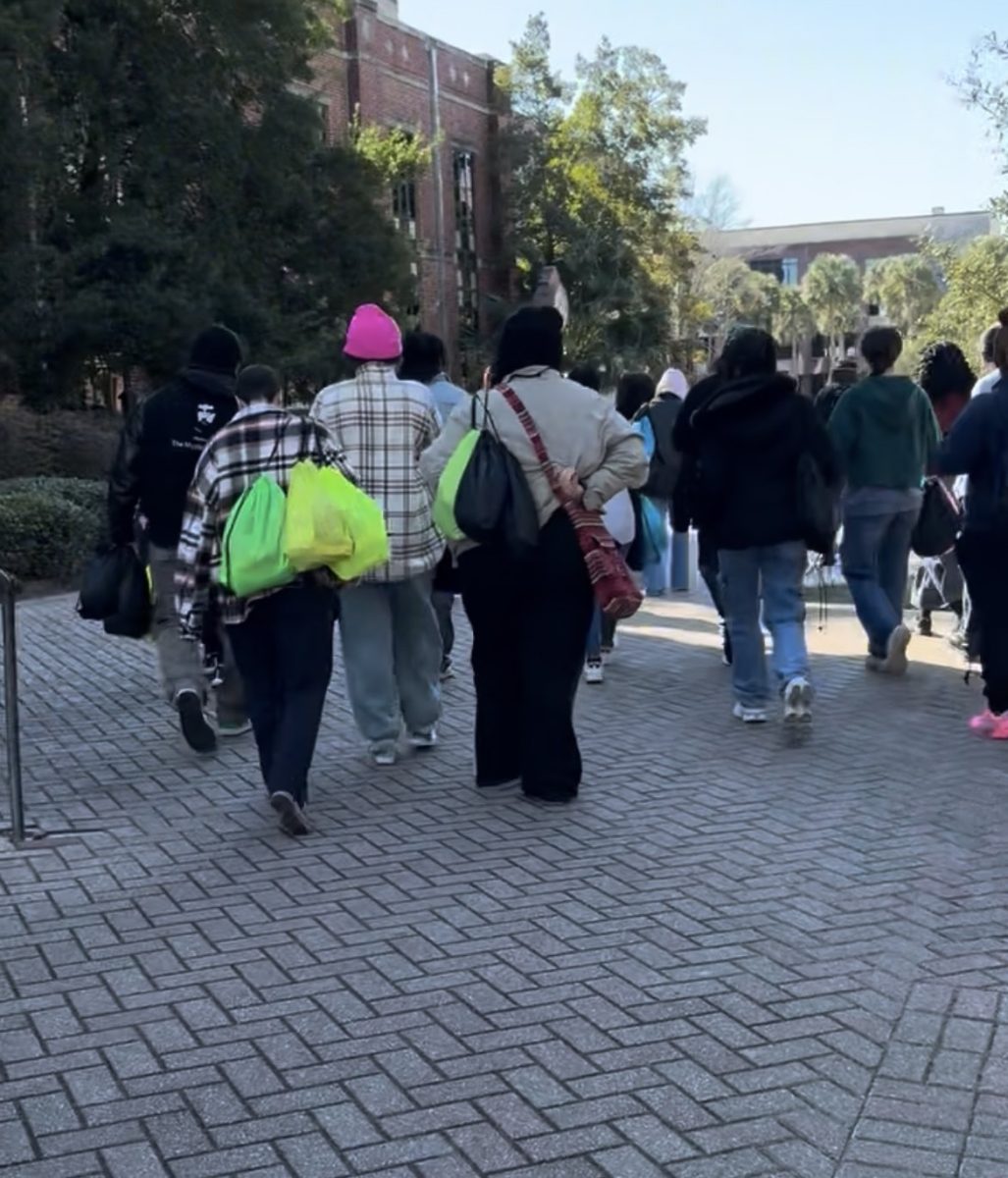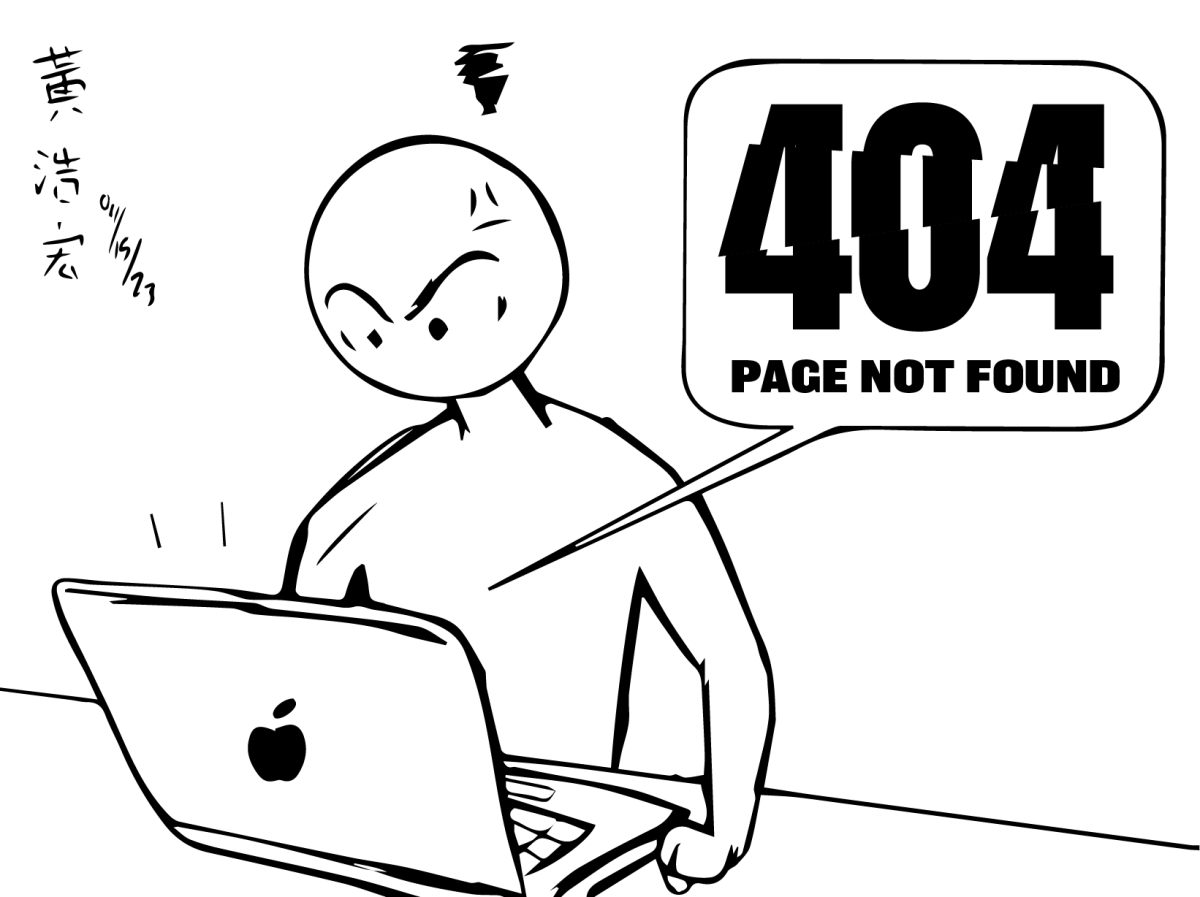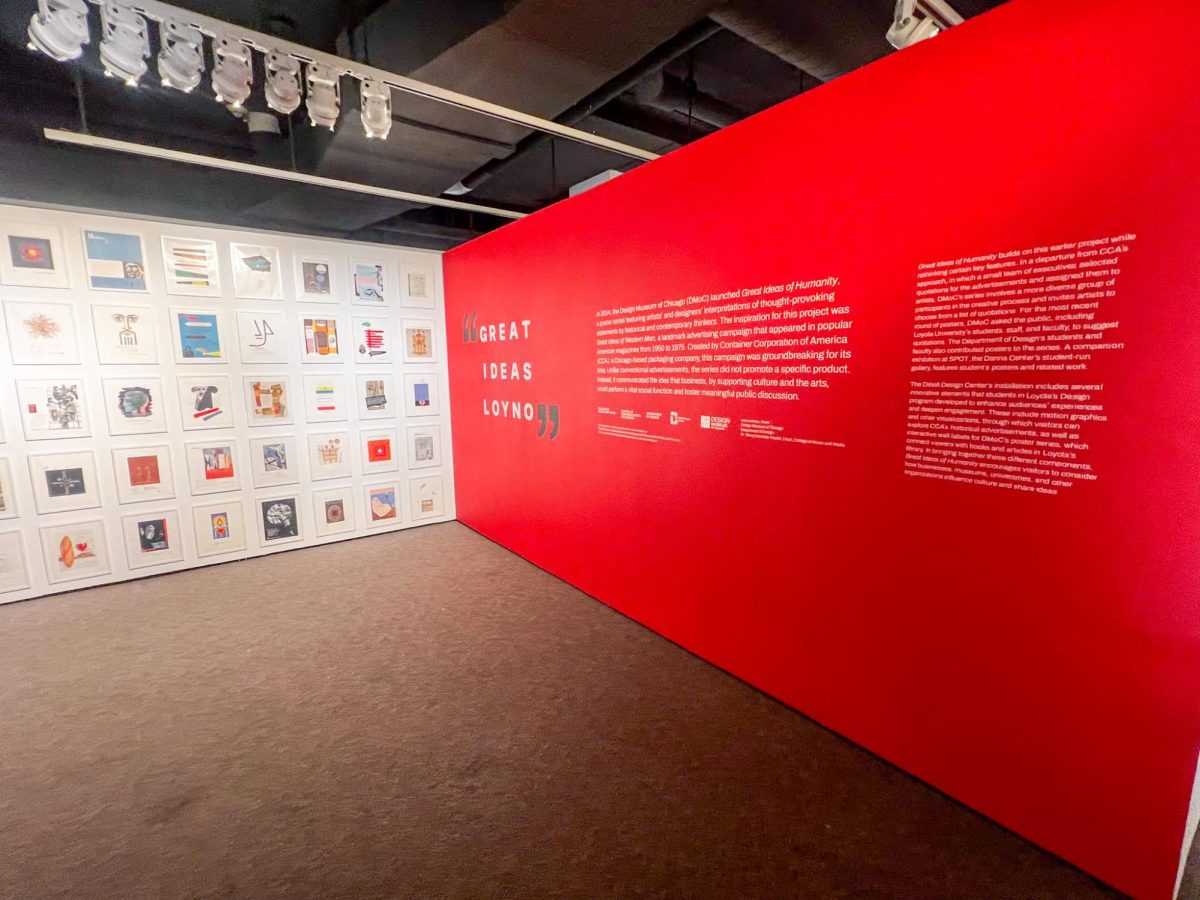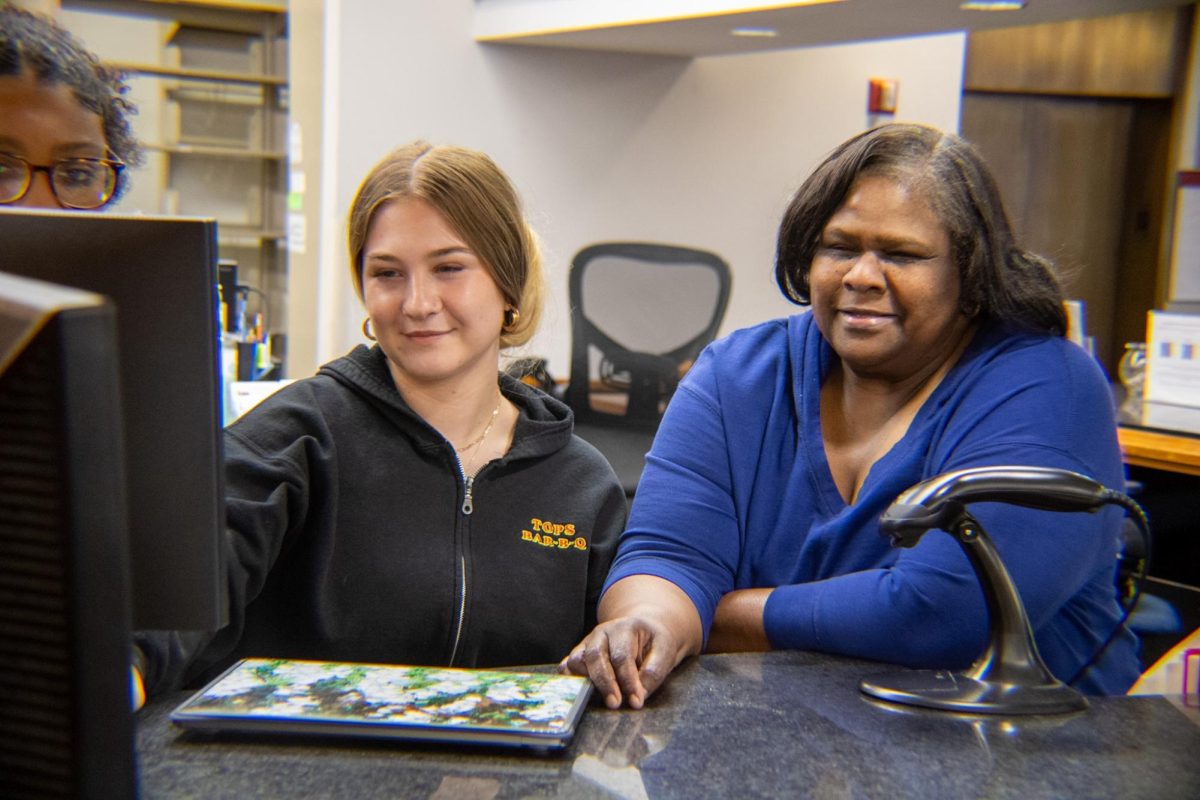Every semester, students face familiar and frustrating rituals: walking into the bookstore or logging on to buy their textbooks and watching their bank accounts drain. Prices for textbooks have skyrocketed over the past few decades, with some textbooks costing $200 or more.
As a biochemistry student, I spend over $600 each semester on required books, before factoring in apps, subscriptions, and the $175 for the lab. That’s money I could use for groceries or healthcare.
What makes it harder to swallow is that some of these books are only used for a couple of chapters or replaced the following year by a newer edition. That means I spend about $1,200 a school year on textbooks I will most likely never touch or have to use again, but it is critical to my education at the point in time that it is needed.
My experience isn’t unusual. According to data from the Bureau of Labor Statistics, the cost of textbooks has risen more than 800% since the 1970s, faster than tuition, healthcare, and even housing. For many students, particularly those already struggling to pay tuition, housing, and dining expenses, the added expense of textbooks feels less like a necessity and more like an unfair barrier.
The results are predictable: students either delay buying their books using the two week free trial, hoping to have a friend who has already taken the course and brought the book, or they skip out on buying the textbooks all together. Studies have shown that nearly two-thirds of students admit to not buying a required textbook at some point due to cost. This isn’t just a financial inconvenience, it’s a direct barrier to learning.
This is where the open education resources come in. OERs freely accessible, openly licensed education materials have the potential to revolutionize higher education by lowering the cost and increasing access to knowledge. They allow professors to tailor resources to their course while ensuring students can actually afford to engage with the material. If education is meant to expand opportunity, then OERs are not just an alternative, they are a moral necessity.
Universities should be pushing harder for OERs, not only to relieve the financial burden on students but to also advance the mission of education itself.
Critics argue traditional textbooks guarantee higher quality content, but this assumption is outdated. Many OERs are peer-reviewed, frequently updated, and adaptable to reflect the latest scholarship. Unlike static textbooks, they can evolve with the needs of a course. Plus, professors can integrate multimedia aspects, primary sources, and interactive tools, offering students a richer educational experience than a single, overpriced book.
The truth is simple: textbooks should not cost as much as a month’s rent. Universities have the power and responsibility to change this landscape. If they truly care about access to education, they must champion OERs and make them the norm rather than the exception. Students shouldn’t have to choose between buying books and buying groceries. Education should open doors, not close them with price tags.


